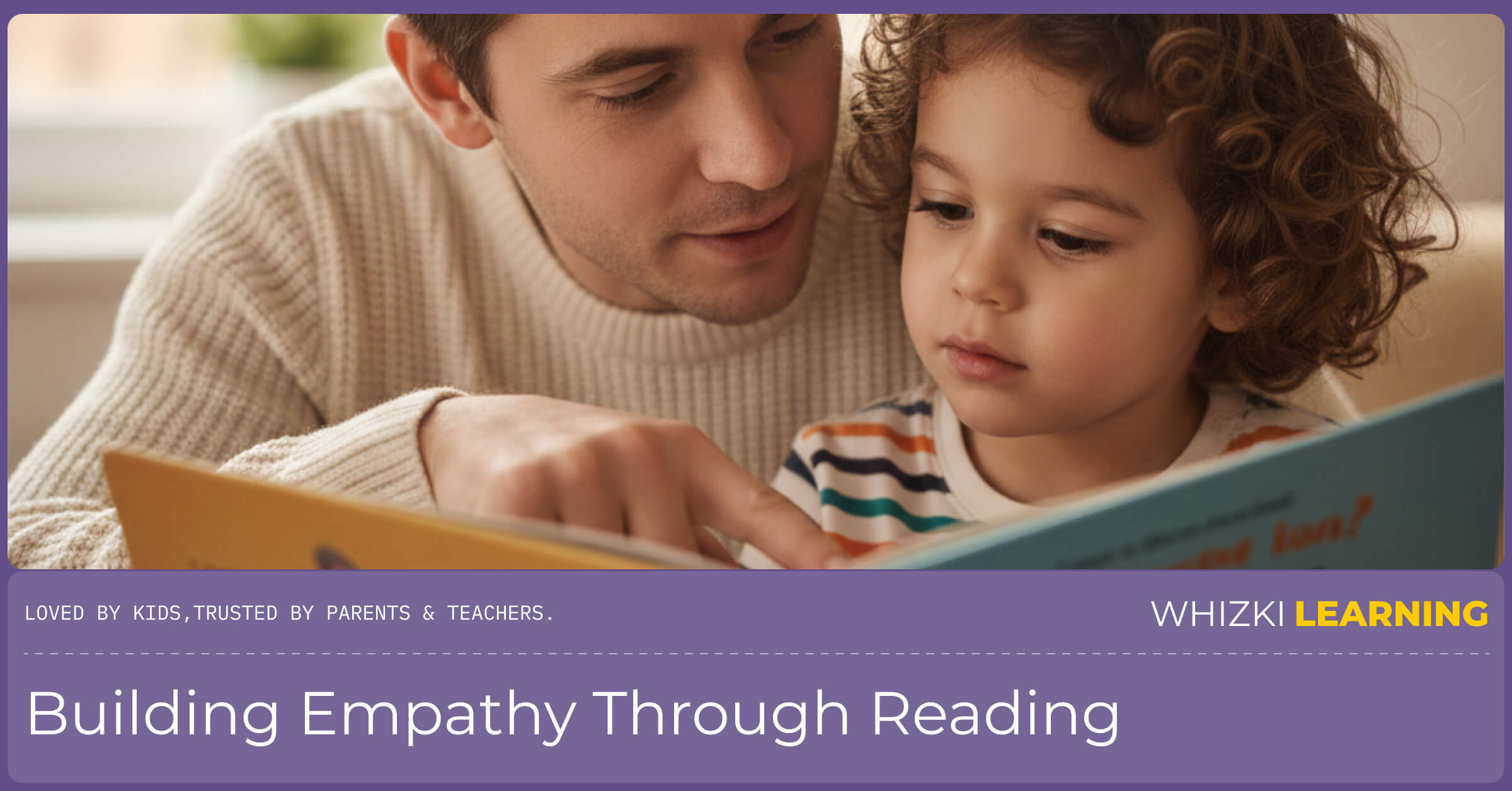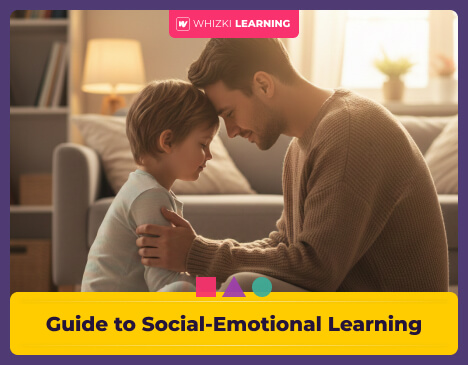As parents, we naturally obsess over milestones. Is she counting to 20 yet? Does he know his ABCs? Is she holding the pencil correctly? These academic markers are visible and easy to track. But underneath the surface, there is a much deeper, more complex engine being built in your child's brain. It’s the engine that will determine not just how well they do on a test, but how well they do in life.
This engine is called Social-Emotional Learning (SEL). It sounds like a fancy buzzword, but it’s actually quite simple. It’s the ability to understand your own feelings, get along with others, and handle the bumps in the road without falling apart. It is the 'operating system' for everything else.
Educating the mind without educating the heart is no education at all.- Aristotle
In this guide, we are going to move beyond the ABCs. We will break down the five core pillars of SEL into simple, actionable concepts you can nurture at home. And we’ll show you something surprising: how even a quiet moment with a printed workbook can be a powerful gym for building emotional muscle.
The "Big 5": Decoding SEL for Preschoolers
Experts usually break SEL down into five key competencies. Let's translate them from 'textbook speak' into 'parent speak.'
1. Self-Awareness (The Mirror): Knowing what I am feeling. 'I am mad because my tower fell.'
2. Self-Management (The Brake Pedal): Handling those feelings in a safe way. 'I am mad, but I will take a deep breath instead of throwing a block.'
3. Social Awareness (The Binoculars): Understanding what others are feeling. 'My friend is crying. She looks sad.'
4. Relationship Skills (The Bridge): Playing well with others. 'Can I have a turn, please?'
5. Responsible Decision Making (The Compass): Making safe and kind choices. 'I will wear my helmet so I don't get hurt.'

How to Build These Skills at Home (Without a Screen)
You don't need a curriculum to teach SEL. You just need intentionality. Here are simple ways to weave these skills into your daily life.
1. Nurturing Self-Awareness: The 'Weather Report'
Instead of asking 'How are you?', ask 'What is your inner weather right now?' Is it sunny? Stormy? Cloudy? This gives children a vocabulary for their internal state. You can do this every morning at breakfast.
2. Nurturing Social Awareness: The 'Storybook Detective'
When reading a bedtime story, pause and look at the pictures. Ask questions that build empathy: 'Look at the bear's face. How do you think he is feeling right now? Why is he sad?' This trains the brain to read non-verbal cues, a skill we touched on in our guide to connection habits.
3. Nurturing Self-Management: The 'Calm-Down Corner'
Create a safe, cozy spot in your home (not a time-out chair!) where your child can go when they feel 'stormy.' Fill it with soft pillows, a few books, and maybe a chart of deep breathing exercises. This teaches them that feelings aren't bad, but sometimes we need a safe place to handle them. For more strategies on this, read our guide on managing big emotions.

The Workbook as an Emotional Gym
Here is the secret that many parents miss: a printed workbook is a fantastic tool for SEL. Why? Because learning something new is hard! When your child encounters a tricky maze or a letter that is hard to trace, they feel a micro-dose of frustration. This is a golden opportunity.
Building Resilience: When they want to give up but try one more time, they are building 'grit.'
Managing Frustration: When they make a mistake and you say, 'Oops! That's how we learn,' you are building a growth mindset.
Focus and Control: Sitting still and controlling a pencil requires impulse control (Self-Management), which is a key executive function.
Our engaging activity books for kids are designed to provide just the right level of challenge to help children practice these emotional skills in a safe, supportive way.
The Heart of the Matter
Academic skills are the leaves on the tree, but social-emotional skills are the roots. By tending to the roots-by helping your child feel safe, understood, and capable of handling their big feelings-you are ensuring that the tree can weather any storm and grow tall and strong. So the next time you help your child name a feeling or work through a frustration, know that you are teaching the most important lesson of all.






